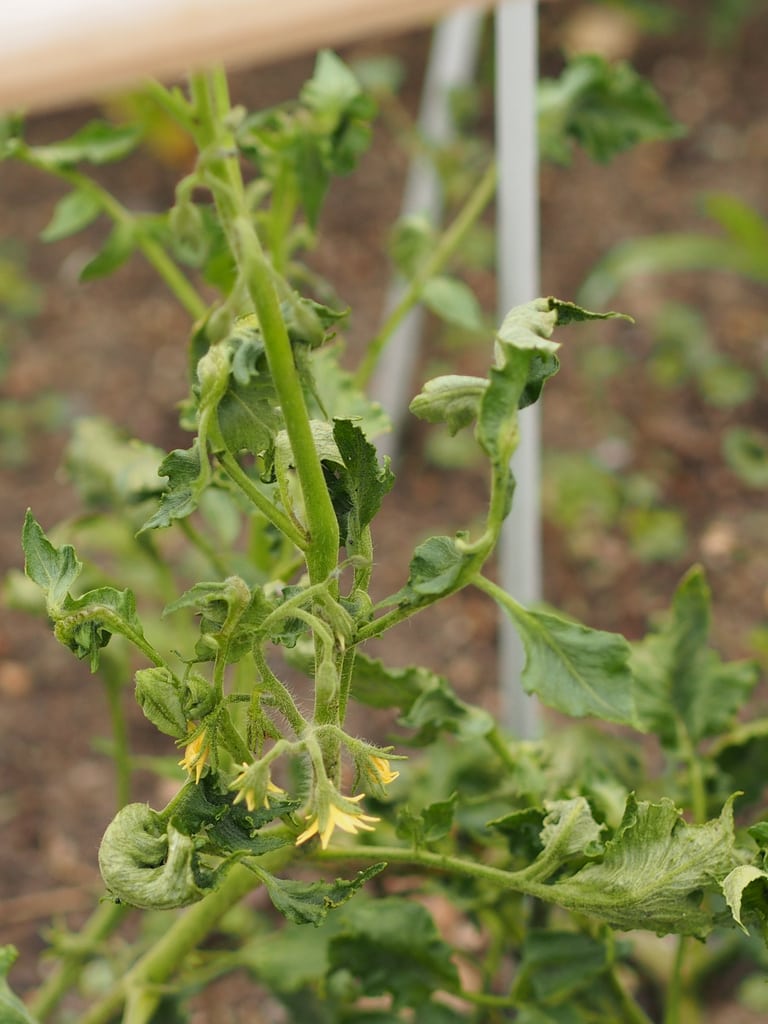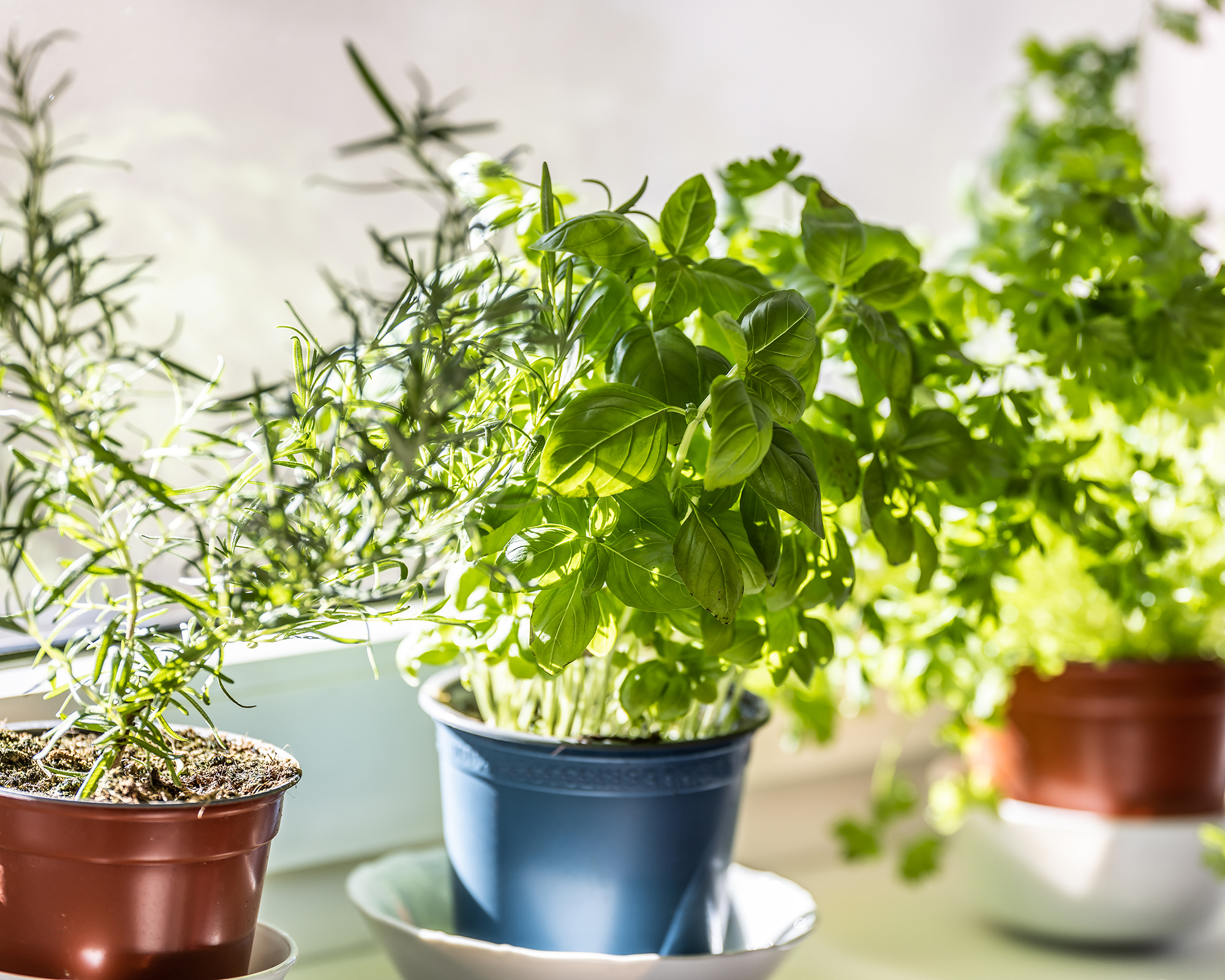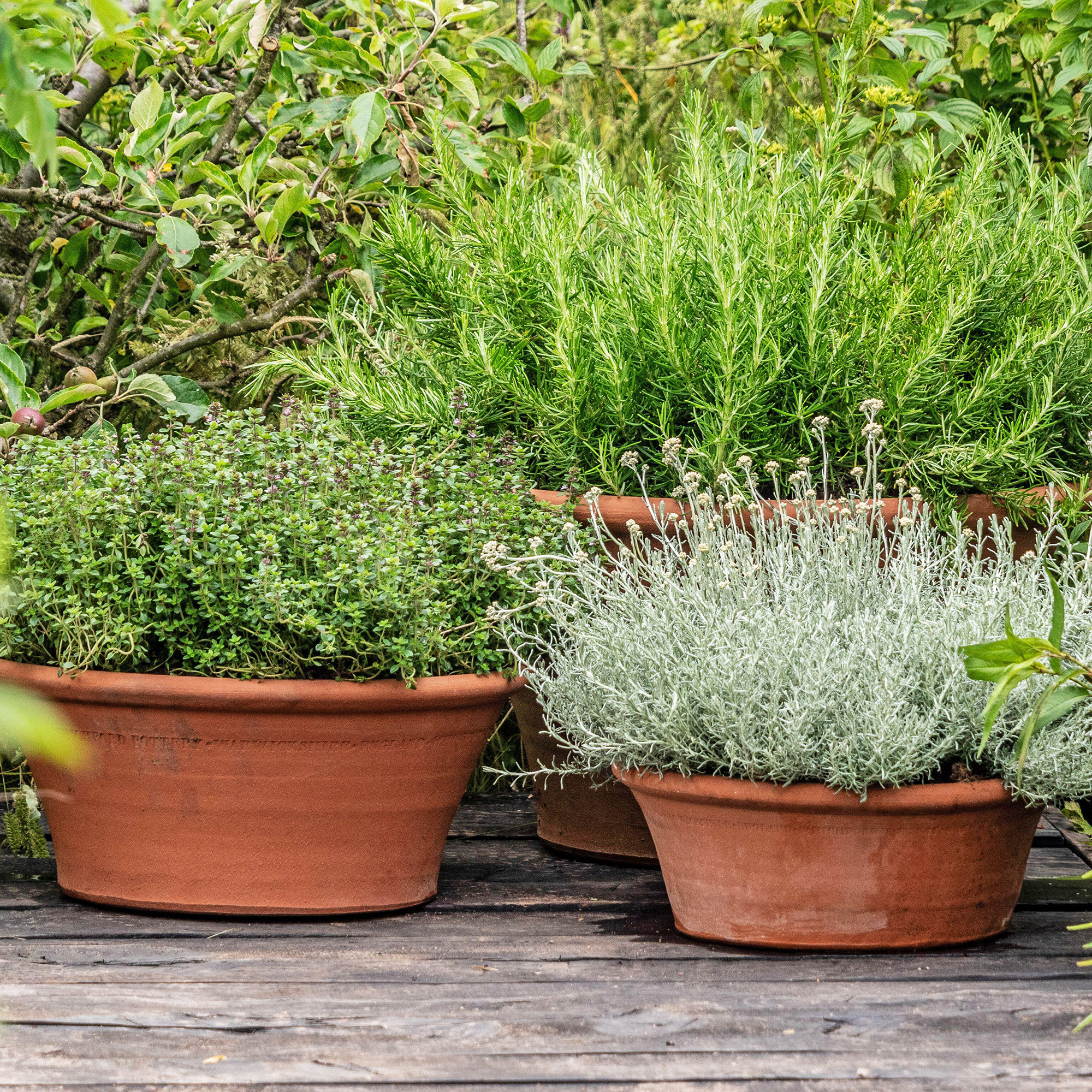Tomato Fusarium Wilt: How To Control Fusarium Wilt On Tomato Plants


Amy Draiss
Tomato fusarium wilt can be very destructive to home gardens. It is a fungal infection that invades the roots but causes yellowing and wilting in the plant above the soil line. With severe infections you can lose a lot of tomato yield. With no way to treat fusarium wilt, prevention is the best medicine.
What is Tomato Fusarium Wilt?
Tomato plants can be susceptible to a few types of wilt, but fusarium wilt is fairly common among them. It is caused by the fungus Fusarium oxysporum. The fungus infects the plants through the rootlets and is not spread through the above-ground portions of plants. Fusarium survives for a long time in the soil and overwinters there. The disease can be spread this way from year to year. It can also be spread through infected transplants, seeds, and tools carrying soil with the fungus in it.
Symptoms of Tomato Plants with Fusarium Wilt
A characteristic first sign of fusarium wilt is yellowing of lower leaves or leaves on one stem only. After yellowing, stems and leaves begin to wilt. These signs first appear as the fruit starts maturing. Scraping or splitting a stem on a tomato plant affected by fusarium wilt, you will see brown vascular tissue with healthy inner tissue. Other tomato wilt diseases cause similar symptoms but are either more uniform throughout the tomato plant or begin from top to bottom, whereas fusarium wilt yellowing begins at the bottom of the plant and may be patchy.
Preventing Fusarium Wilt on Tomatoes
Treating fusarium wilt of tomatoes is not possible. Affected branches or entire plants can only be destroyed, as they will die eventually. Prevention is the only way to avoid the damage of fusarium wilt in your tomato garden. Start with varieties that resist the disease. Also, avoid planting tomatoes in the same spot year after year. The fungus persists in the soil for a long time. Make sure that the soil drains well where you plant tomatoes to deter fungal growth. Use raised beds, if necessary. If you have had issues with fusarium wilt in the past, or if you just grow a lot of tomatoes, practice good garden tool hygiene, sanitizing them between jobs. It also helps to keep plants healthy and thriving, and especially free of root knot nematode infestations, so that they can resist any disease present in the soil.
Gardening tips, videos, info and more delivered right to your inbox!
Sign up for the Gardening Know How newsletter today and receive a free copy of our e-book "How to Grow Delicious Tomatoes".

Mary Ellen Ellis has been gardening for over 20 years. With degrees in Chemistry and Biology, Mary Ellen's specialties are flowers, native plants, and herbs.
- Amy DraissDigital Community Manager
-
 Looking For Plants To Give You The Soft And Fuzzies? Try These 5 Fuzzy Leaf Plant Options
Looking For Plants To Give You The Soft And Fuzzies? Try These 5 Fuzzy Leaf Plant OptionsLovers of texture, drama, silver foliage and tactile plants will adore these special sensory garden additions. These fuzzy leaf plant options will leave you all aglow
By Susan Albert
-
 Get Ready For A Summer Of Hummers! Grow These Full Sun Hummingbird Plants and Flowers
Get Ready For A Summer Of Hummers! Grow These Full Sun Hummingbird Plants and FlowersIf you’re lucky enough to enjoy a sunny backyard, make sure you are maxing out on your pollinator opportunities and grow these full sun hummingbird plants and flowers
By Tonya Barnett
-
 Best Tomatoes For Containers: 10 Tastiest Varieties For Plentiful Produce In Compact Areas
Best Tomatoes For Containers: 10 Tastiest Varieties For Plentiful Produce In Compact AreasThese are the best tomatoes for containers that prove you don't need to have a large space or elaborate garden to grow delicious produce.
By Bonnie L. Grant
-
 Raised Bed Garden Layout Ideas To Maximize Your Vegetable Harvest
Raised Bed Garden Layout Ideas To Maximize Your Vegetable HarvestCurious how to maximize your vegetable garden this year? Try these raised bed layout ideas and tips to get the most out of your space.
By Teo Spengler
-
 Best Herbs To Plant With Tomatoes: 6 Perfect Companions For Better Flavor & Bigger Harvests
Best Herbs To Plant With Tomatoes: 6 Perfect Companions For Better Flavor & Bigger HarvestsCertain herbs make excellent neighbors to tomatoes in the vegetable garden, repelling pests, keeping down weeds, and enhancing flavor. Try these top varieties.
By Mary Ellen Ellis
-
 7 Best Vegetables To Plant In February – And Start Harvesting From Early Spring
7 Best Vegetables To Plant In February – And Start Harvesting From Early SpringGet a head start on your garden with these delicious veggies. Plant now and you can begin enjoying home-grown harvests sooner than you think.
By Mary Ellen Ellis
-
 How To Grow A Windowsill Full Of Veggies This Winter, According To A Top Gardening Expert
How To Grow A Windowsill Full Of Veggies This Winter, According To A Top Gardening ExpertAward-winning journalist and climate-resilient gardening expert Kim Stoddart reveals her top plant picks and tips for a productive winter windowsill garden.
By Kim Stoddart
-
 7 Perennial Herbs Perfect For Pots – Enjoy Aromatic Patio Harvests Year After Year
7 Perennial Herbs Perfect For Pots – Enjoy Aromatic Patio Harvests Year After YearDiscover the best perennial herbs to grow in pots. Ideal for small spaces, these low-maintenance plants offer year-round flavor and greenery on your patio.
By Bonnie L. Grant
-
 Do-It-Yourself Floral Pumpkin Centerpiece
Do-It-Yourself Floral Pumpkin CenterpieceCan you believe this pretty pumpkin centerpiece was made with just $13 worth of supplies? Plus, it was quick and easy.
By Amy Draiss
-
 9 Fun Things To Do With Pumpkins That Are Past Their Prime
9 Fun Things To Do With Pumpkins That Are Past Their PrimeWondering what to do with your pumpkin after the Halloween fun is over? Learn what to do with your pumpkins when you are done decorating with them.
By Teo Spengler